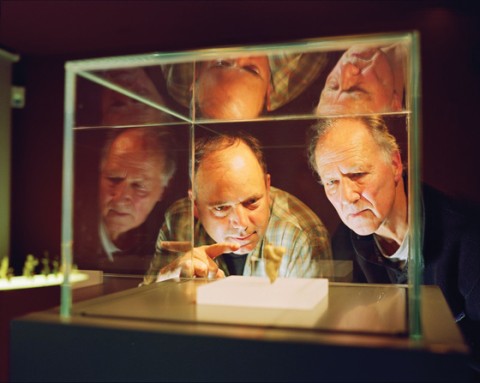Cave of Forgotten Dreams: Directed by Werner Herzog

The preponderance of 3D feature films these days represents both a desperate bid to draw audiences away from home entertainment centers into theaters and an excuse to extract even higher admission prices. Werner Herzog's hypnotic documentary Cave of Forgotten Dreams—which takes us into the Chauvet Cave, where the oldest paintings known to humankind were discovered in 1994—is the first movie to suggest a convincing reason for the invention of 3D cinema.
As Herzog's camera explores the depths of the cave, located in southern France, the exquisite images on the walls—some charcoal-colored, some in burnt ochre—appear to undulate. The fact that they're painted on protruding bumps of rock and in recesses lends them a three-dimensional quality, and the photographic process underscores and echoes this. Herzog, who narrates the film, points out that on the most beautiful panel, a Picasso-like image of overlapping horses, the artist gave each of the animals eight legs to represent movement. Herzog calls it "proto-cinema."
The oldest paintings—they were not all done at the same time—go back some 32,000 years. The coexistence of images from different eras evokes the feeling of artists talking to each other across the expanse of time. And in the film, Herzog and his pared-down crew—who probe the remote reaches of the cave with a camera suspended from a stick, producing yet more images—become the most recent voices in this extraordinary conversation.





